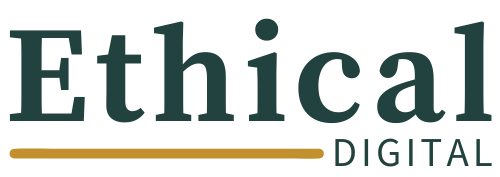
Digital Wellness at Work: Preventing Tech Burnout
Corporate Team Environments
Target Audience
1 - 4 hours
Duration and Schedule
English
Language and Format
TRAINING
In today’s digital-first workplace, constant connectivity can lead to tech burnout and negatively impact mental health. This course provides practical strategies to prevent burnout, reduce stress, and boost productivity. Key topics include managing "Zoom fatigue," prioritizing emails, Teams and Slack messages, and meetings, as well as navigating social media for work. You’ll learn how to protect your mental health by setting healthy boundaries with technology, recognizing online communication patterns that provoke anxiety and depression, and creating a balanced approach to digital tools. By the end of the course, you’ll have actionable tips to improve your well-being while staying productive in a tech-driven work environment.

Course Overview
In an increasingly connected work environment, tech burnout has become a growing concern for employees and organizations alike. This course provides valuable insights and actionable strategies for preventing digital burnout and maintaining mental wellness in the workplace. Explore key topics such as managing "Zoom fatigue," prioritizing communications through emails, Teams, and Slack messages, and balancing social media usage for work purposes. Learn how to protect your mental health by setting boundaries with technology, identify online communication patterns that may contribute to anxiety and depression, and develop a sustainable approach to using digital tools. By the end of this course, you’ll be equipped with the tools and strategies to thrive in the digital workspace, improving both your productivity and overall well-being.
Learning Objectives
Identify the key factors contributing to tech burnout in the workplace, including excessive screen time, constant connectivity, and digital communication overload.
Learn strategies to manage "Zoom fatigue" and other digital communication challenges, such as prioritizing emails, Teams, and Slack messages effectively.
Develop techniques for protecting mental health in a digital environment, including setting healthy boundaries and managing online interactions that provoke anxiety or stress.
Explore ways to foster a balanced approach to social media and online meetings, reducing the negative impact of technology on well-being while maintaining productivity.
Implement practical strategies to promote digital wellness in both personal and team work environments, improving overall well-being and job satisfaction.
Career Outcomes
Improved Work-Life Balance: Participants will learn how to set boundaries with digital tools, improving their ability to manage work-life balance and avoid burnout, which is essential for long-term career sustainability and job satisfaction.
Increased Productivity and Focus: By implementing strategies to manage tech overload, such as prioritizing communications and minimizing distractions, attendees will enhance their productivity and efficiency, making them more effective in their roles.
Enhanced Mental Resilience and Well-being: Attendees will develop techniques for maintaining mental health in a tech-driven environment, reducing stress and increasing emotional resilience—critical for navigating high-pressure work situations and advancing in their careers.
Stronger Leadership and Team Management Skills: Participants will be equipped with strategies to support the well-being of their teams, promoting a healthier work environment, which is a valuable leadership skill for managers or those aspiring to leadership positions.
Career Longevity and Satisfaction: By preventing tech burnout and promoting digital wellness, participants will improve their overall job satisfaction, leading to greater career longevity, a better work culture, and increased opportunities for advancement.

